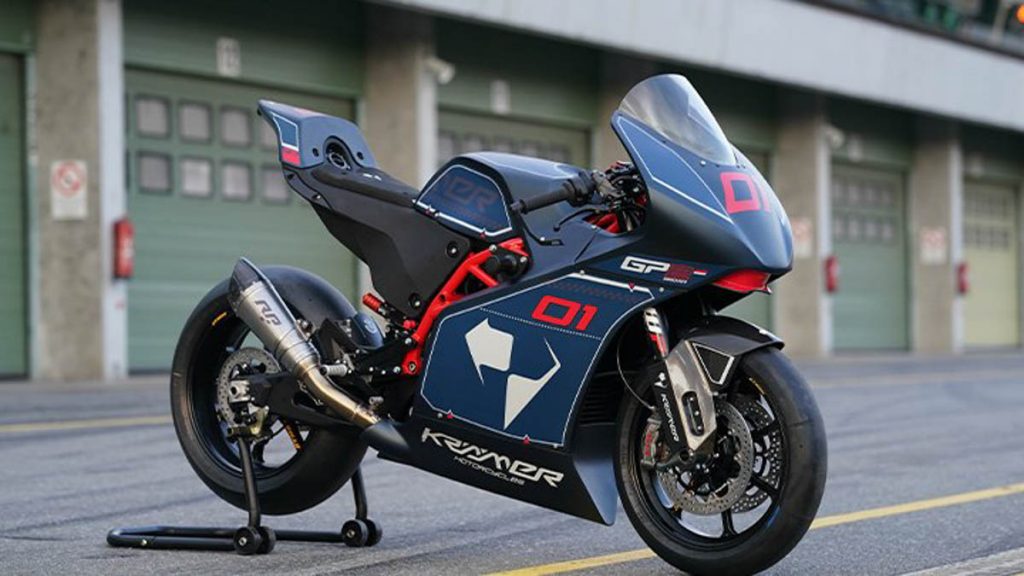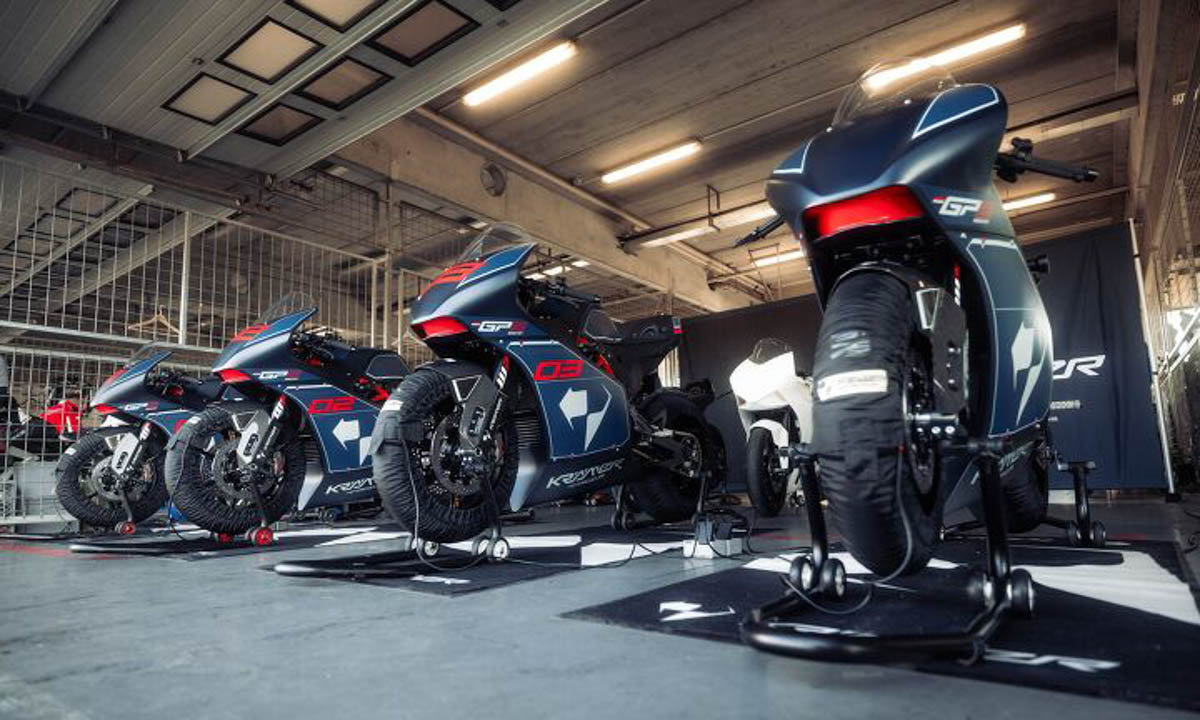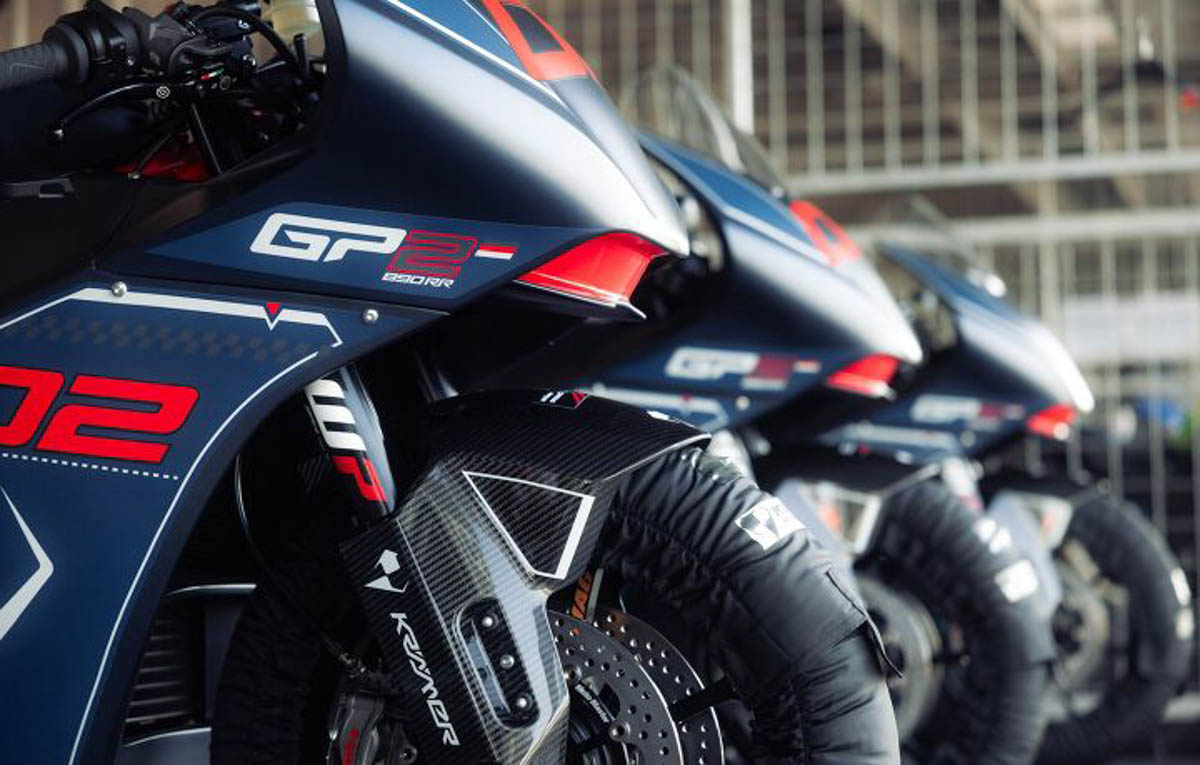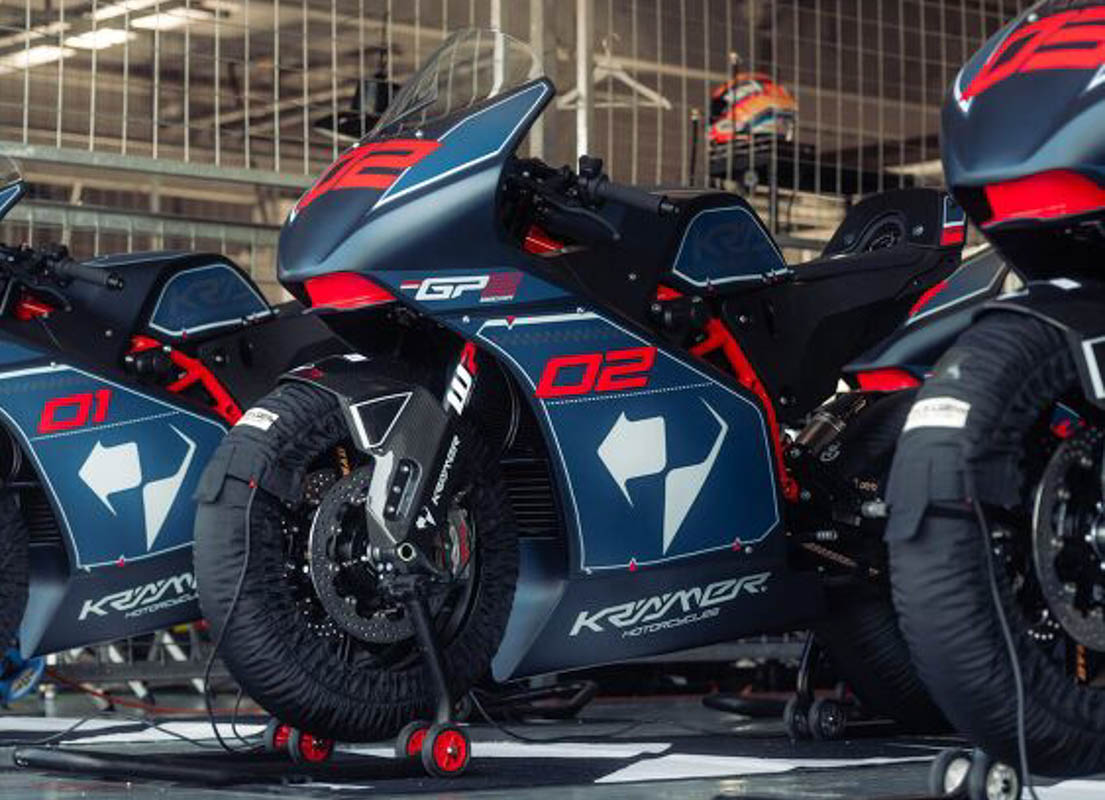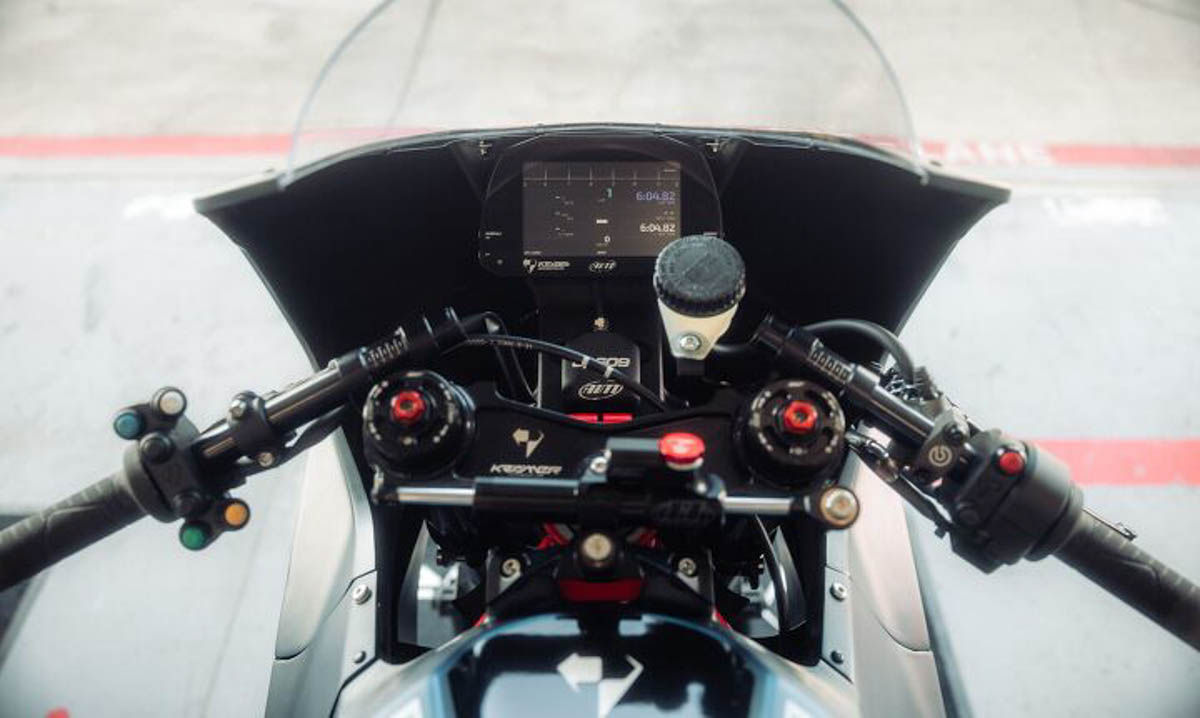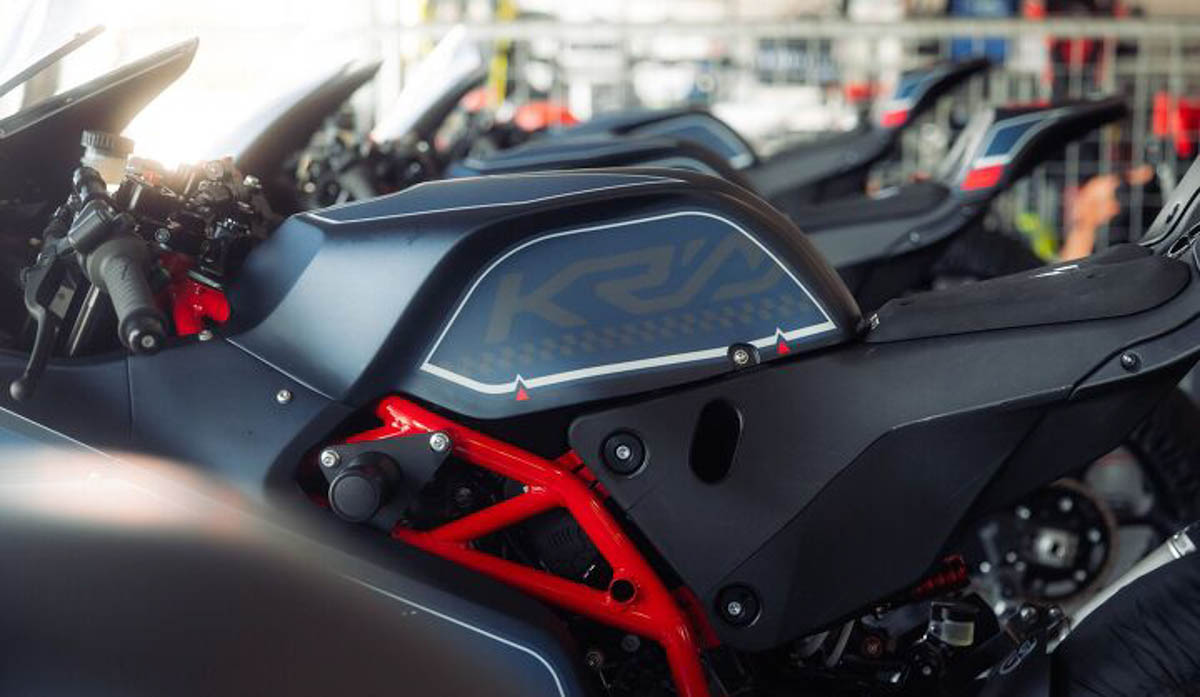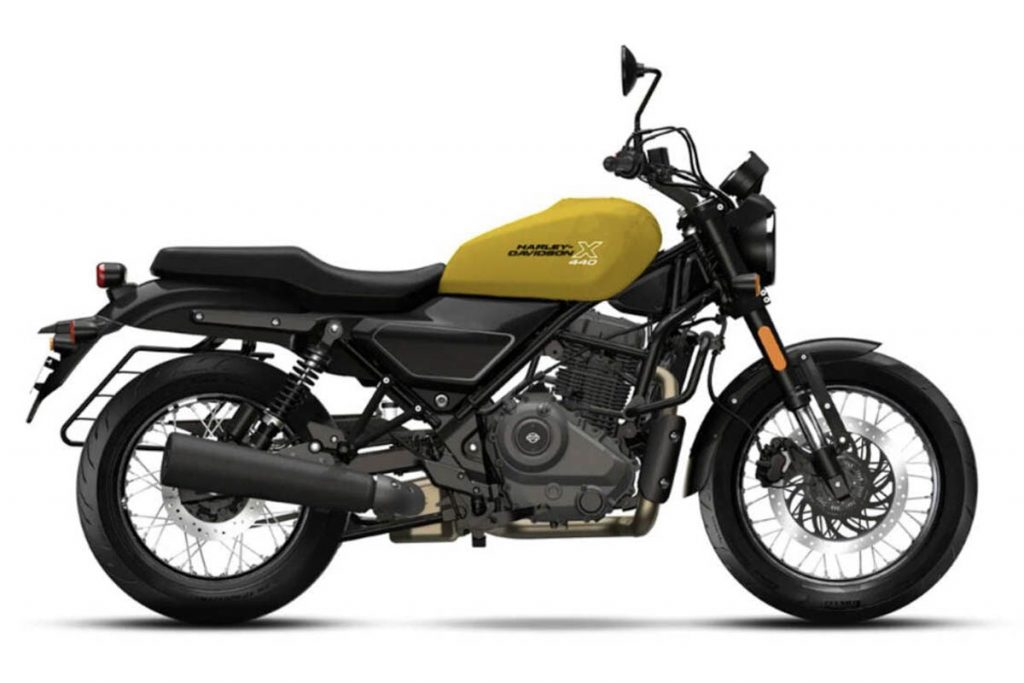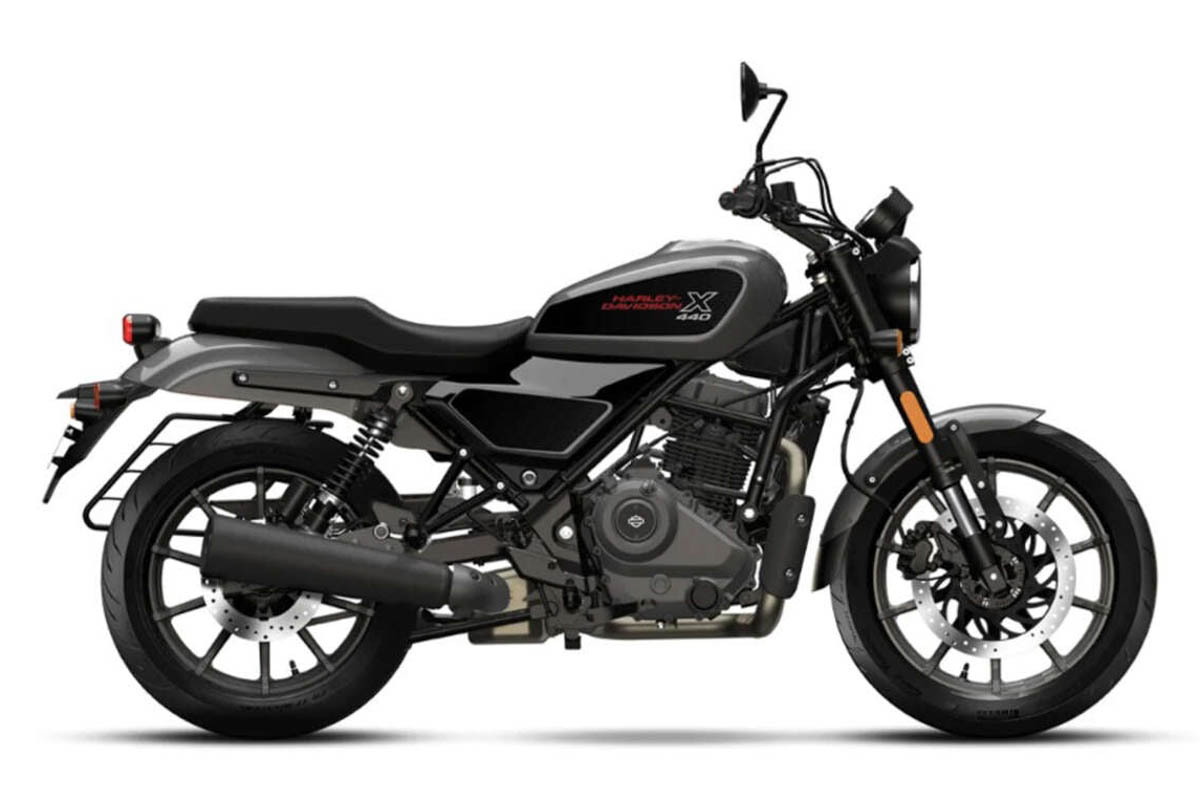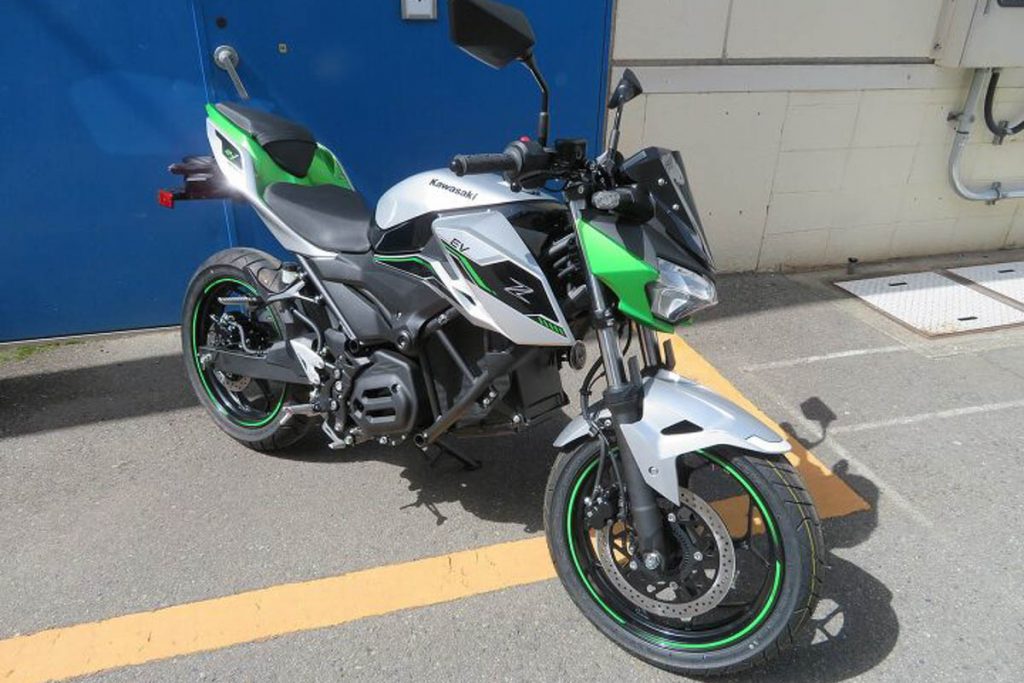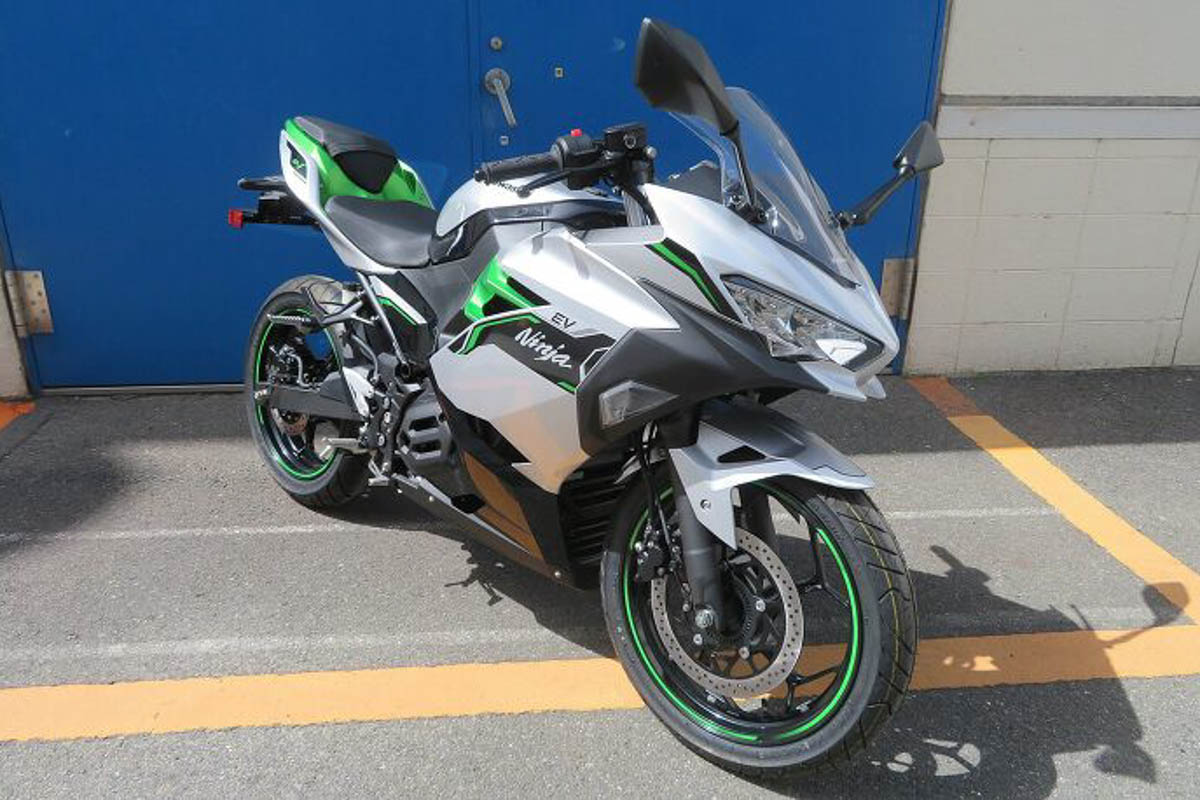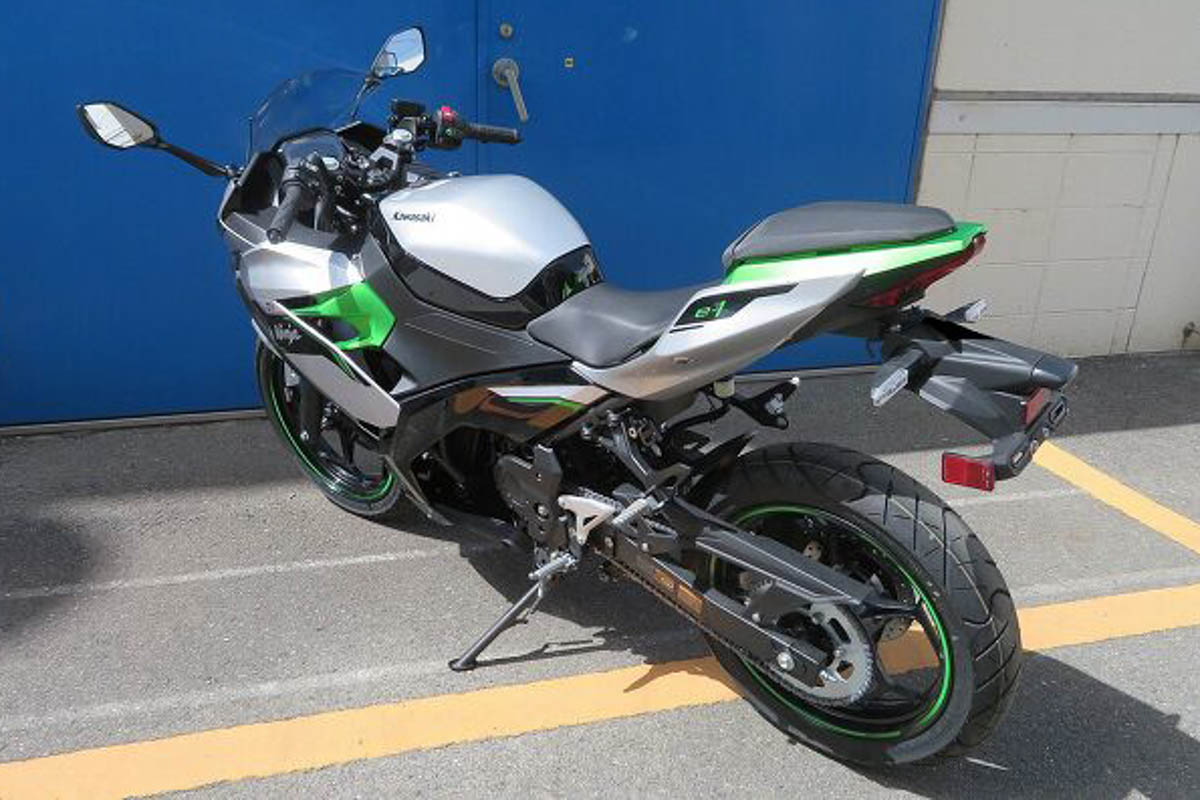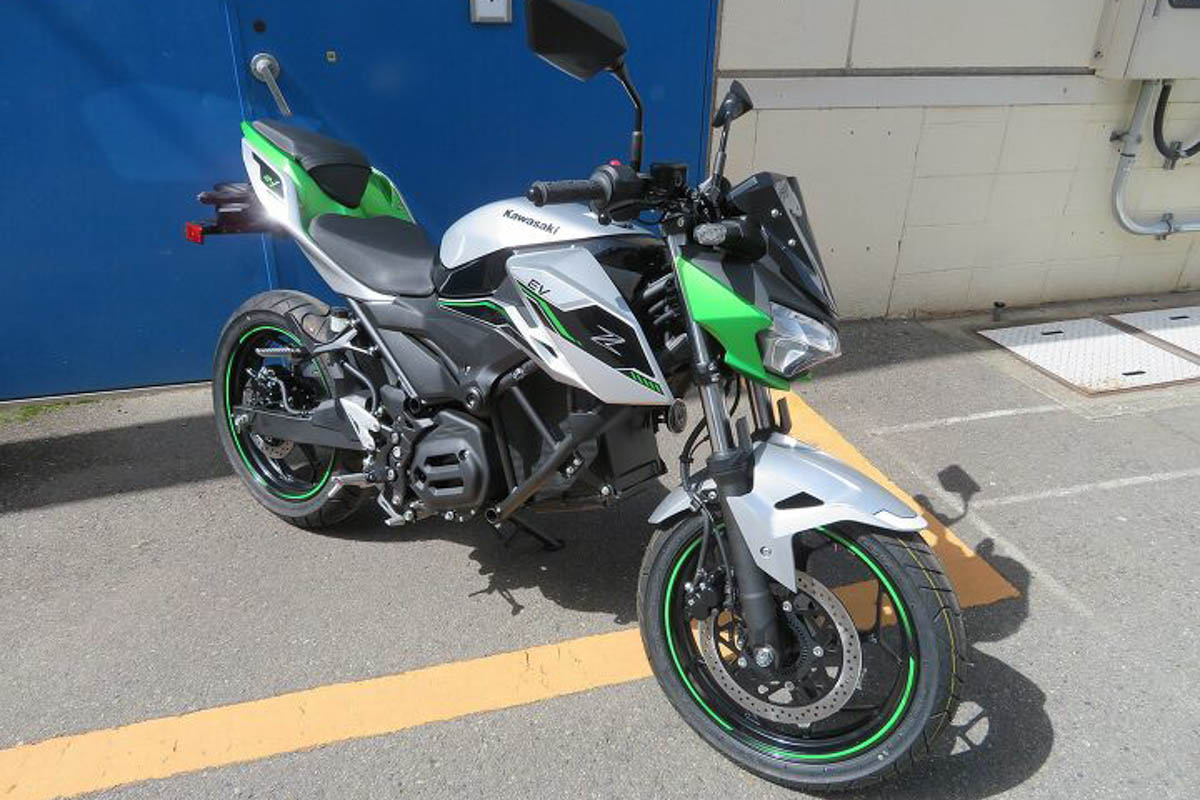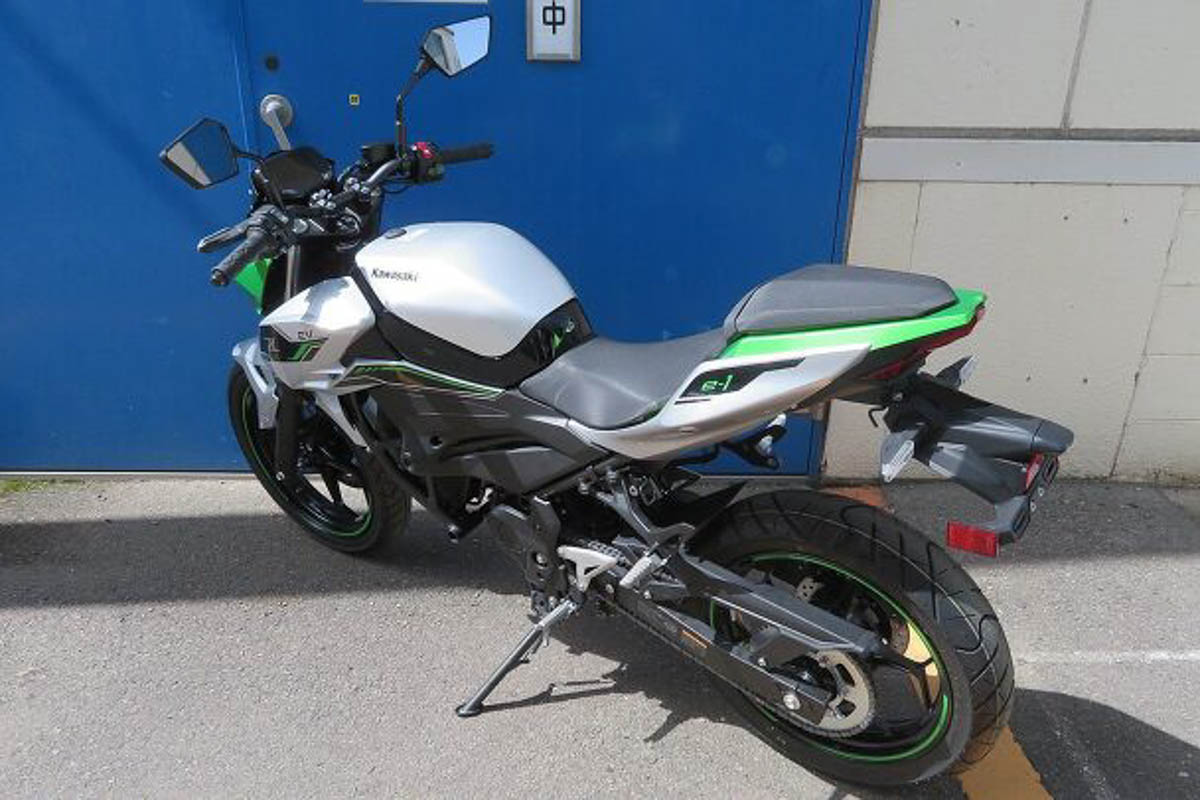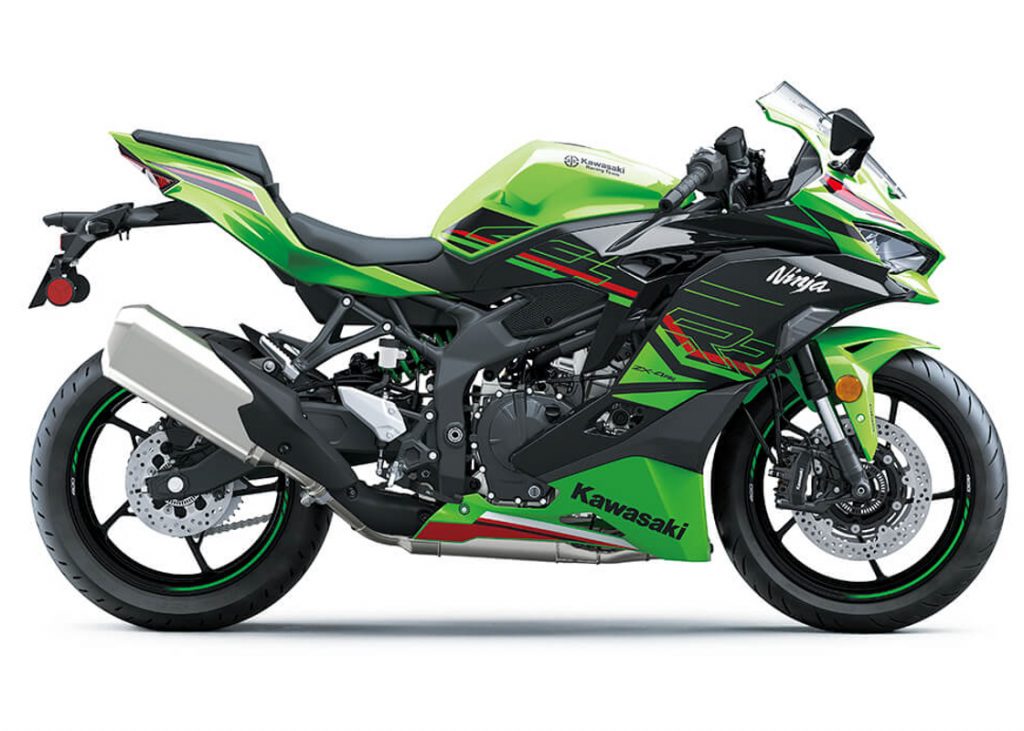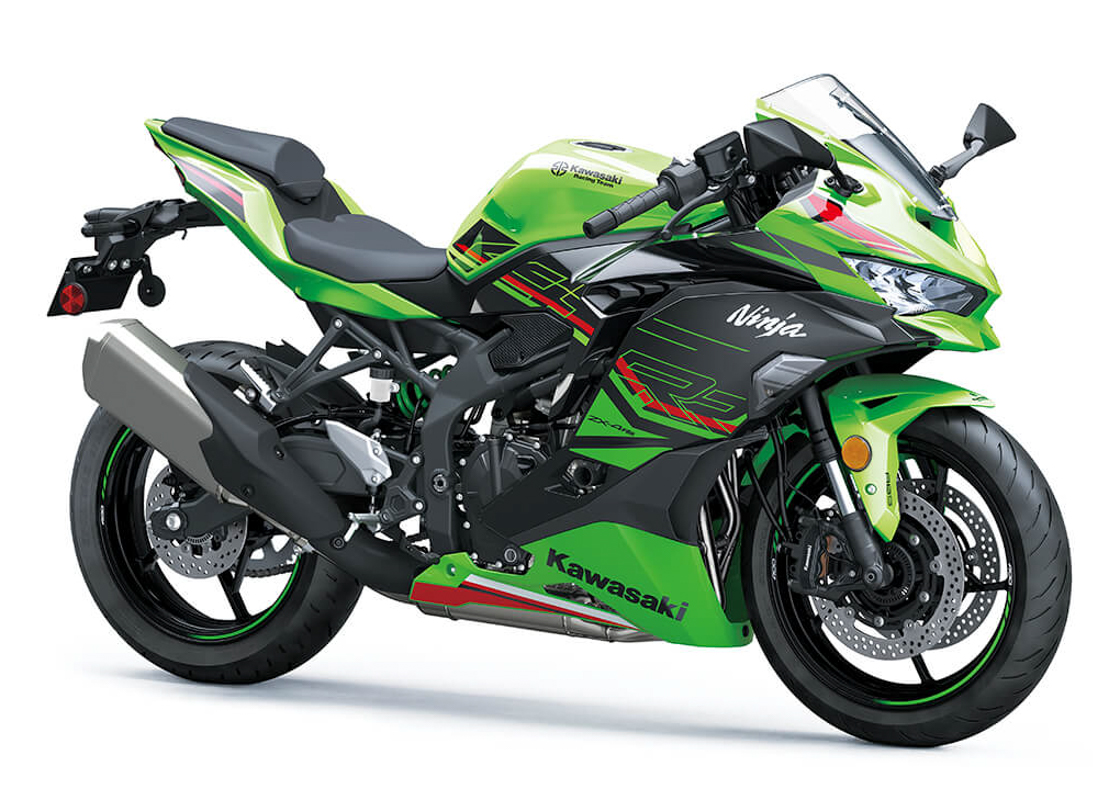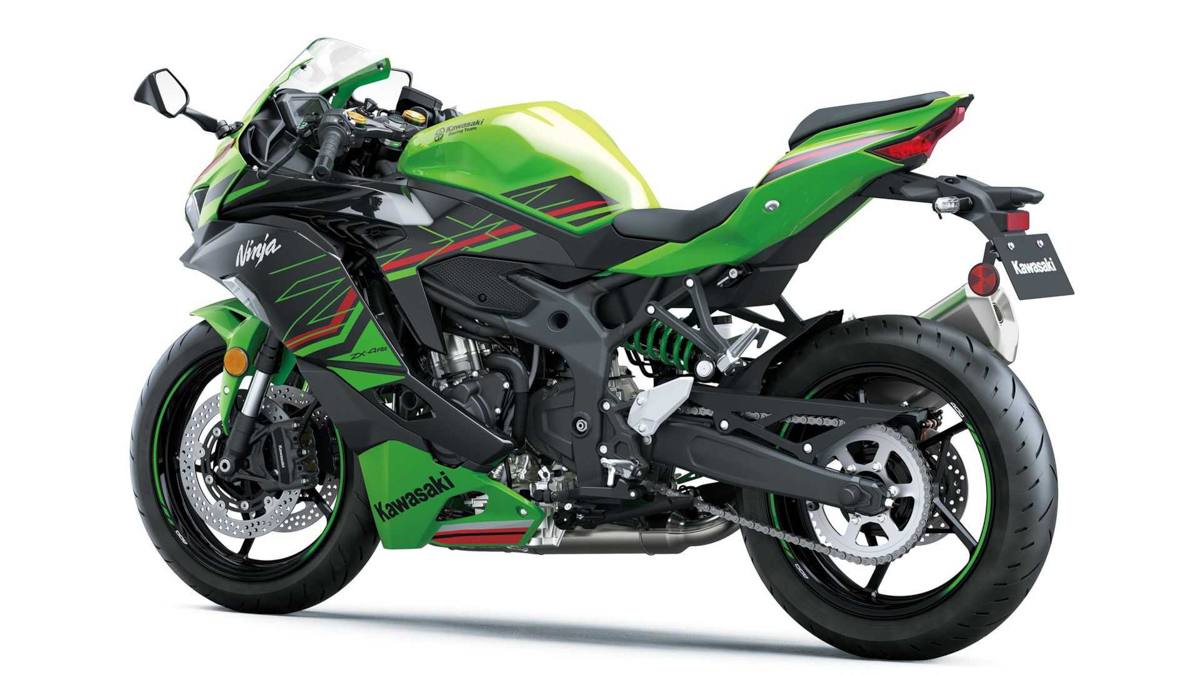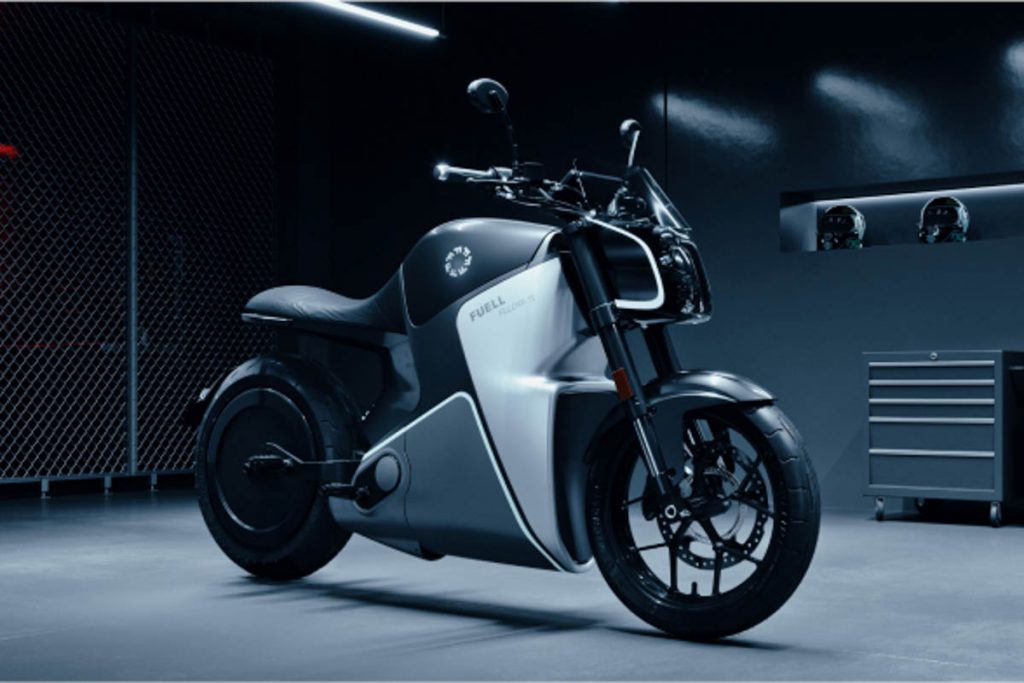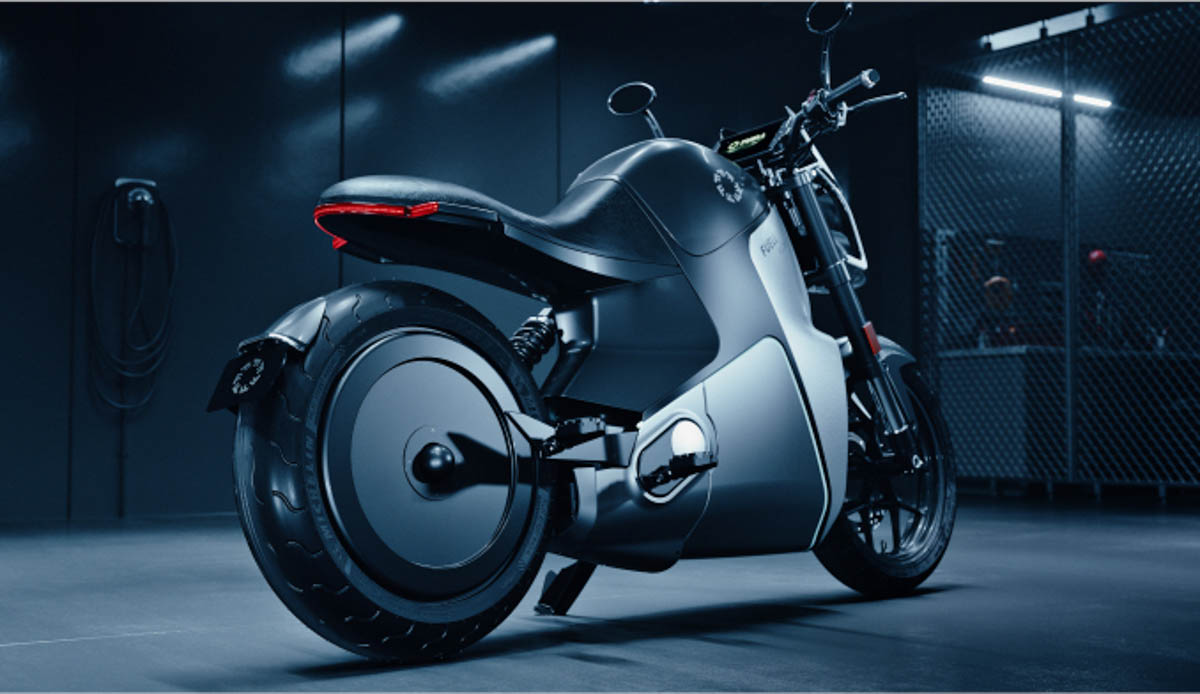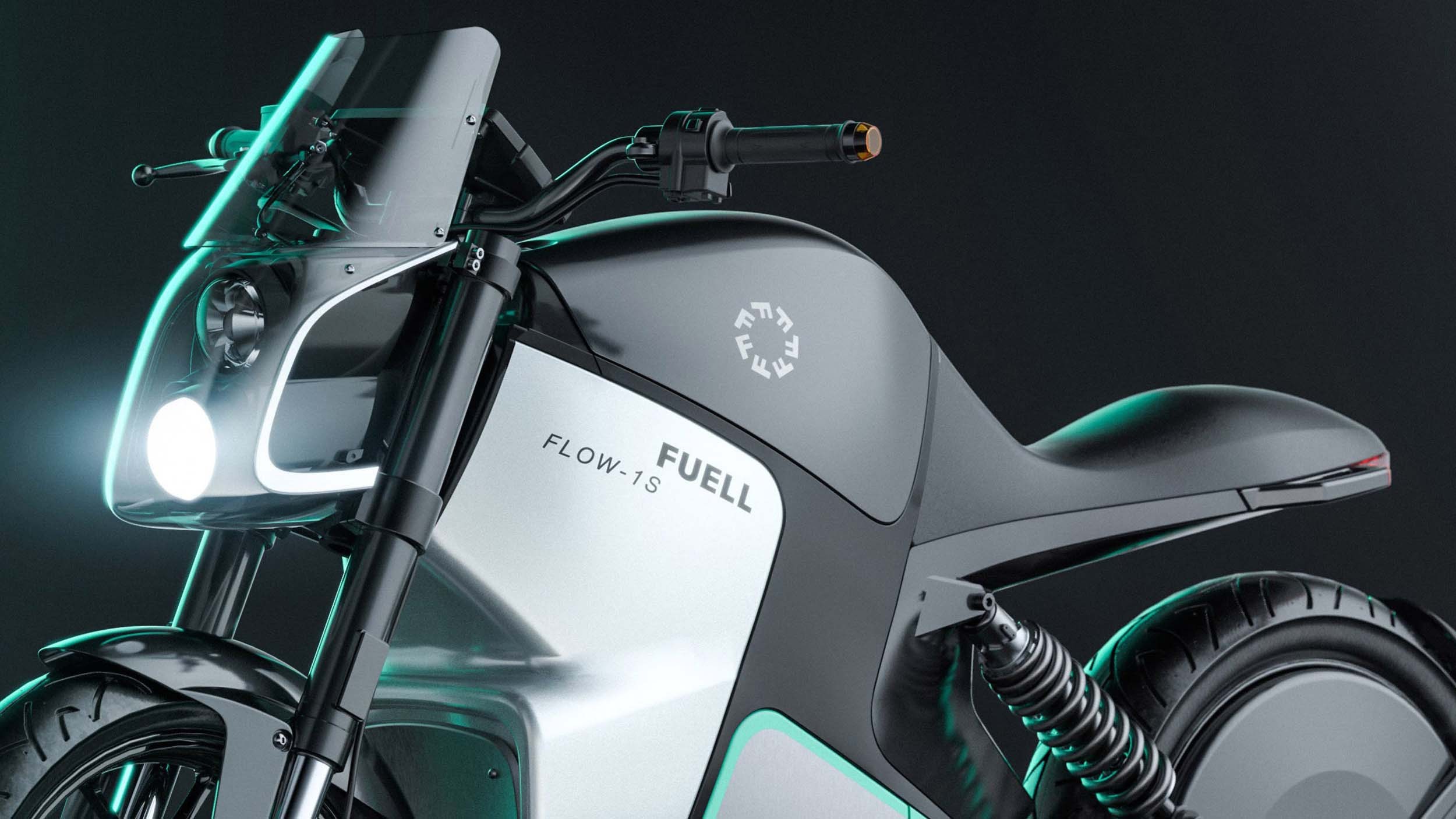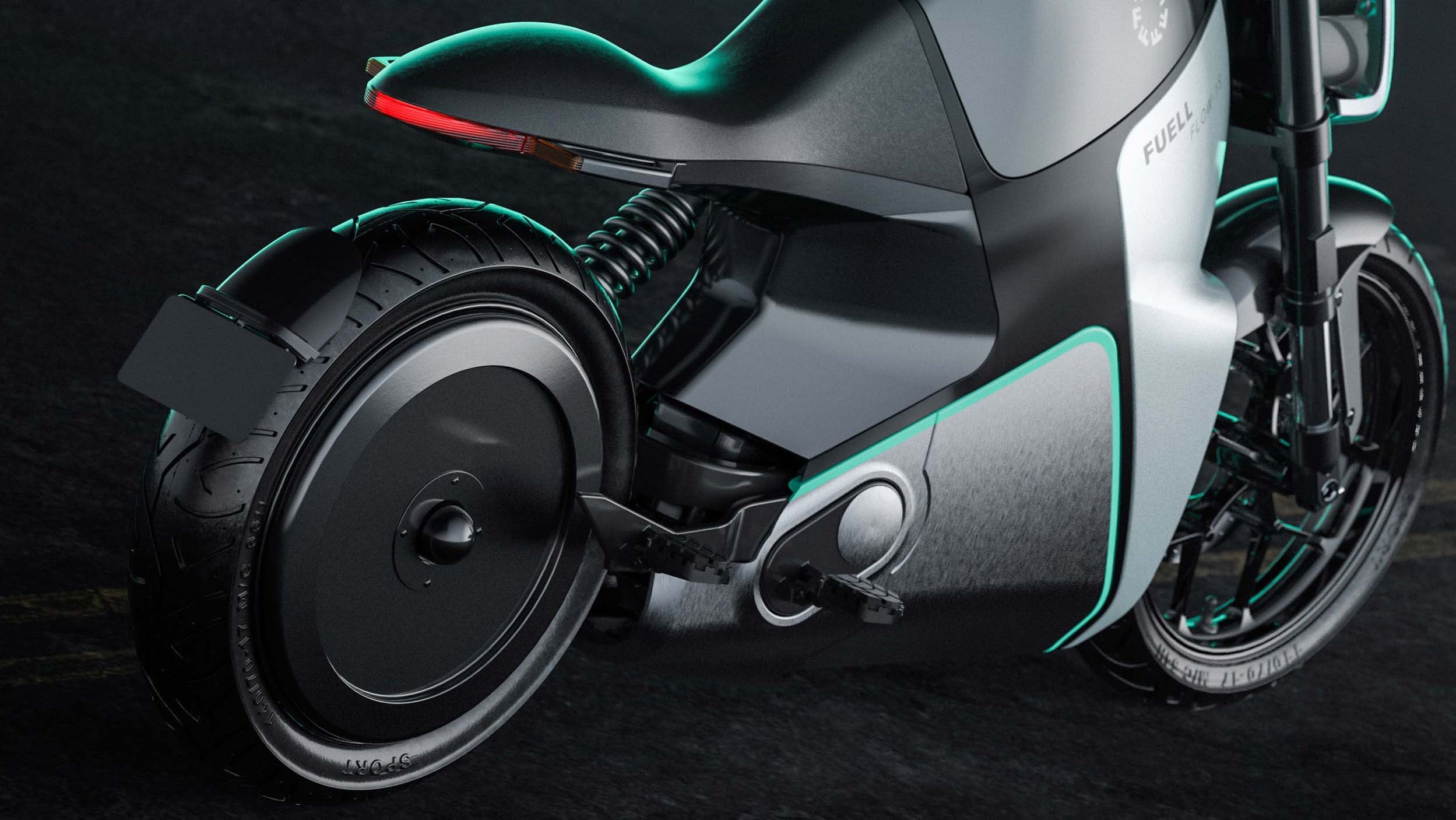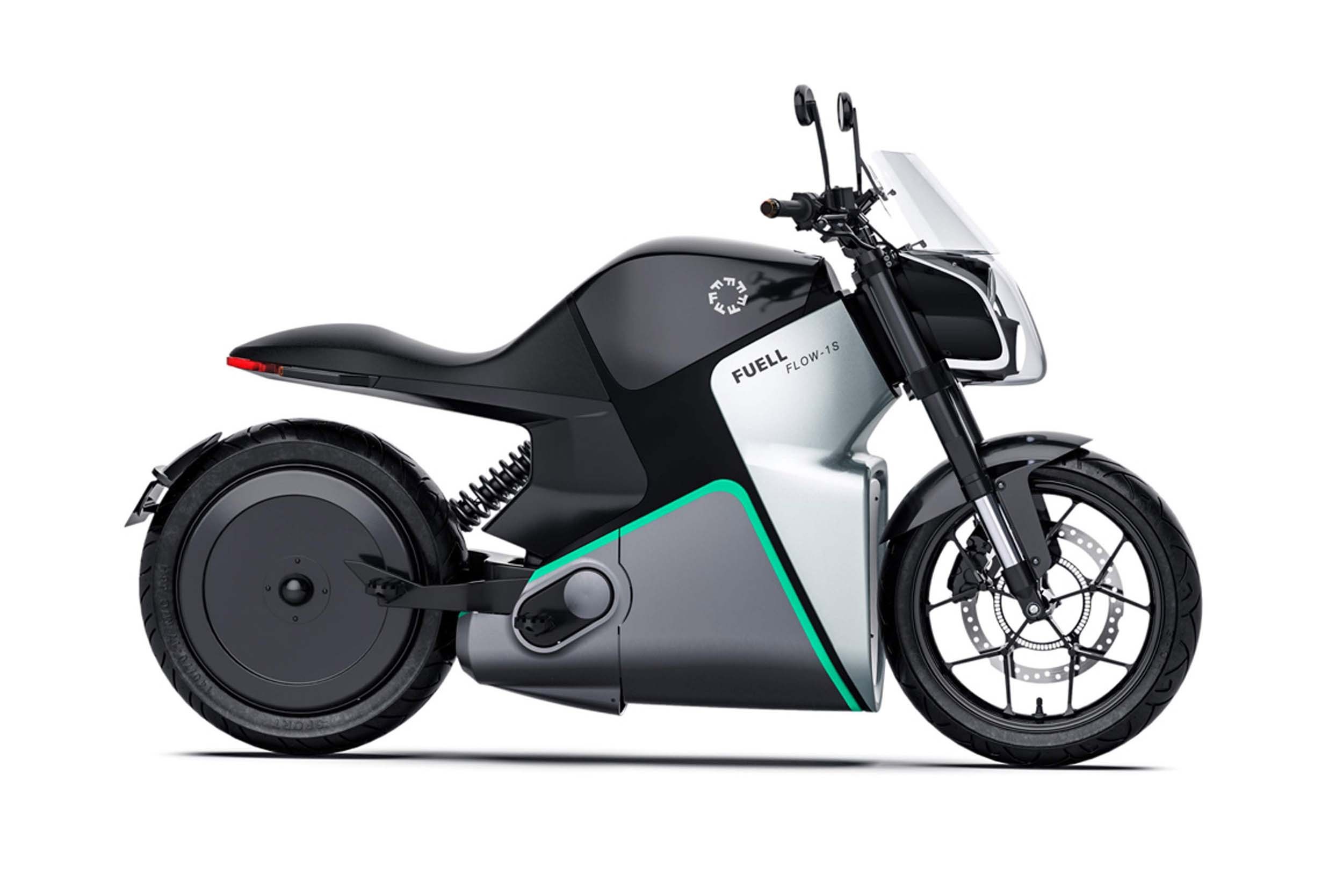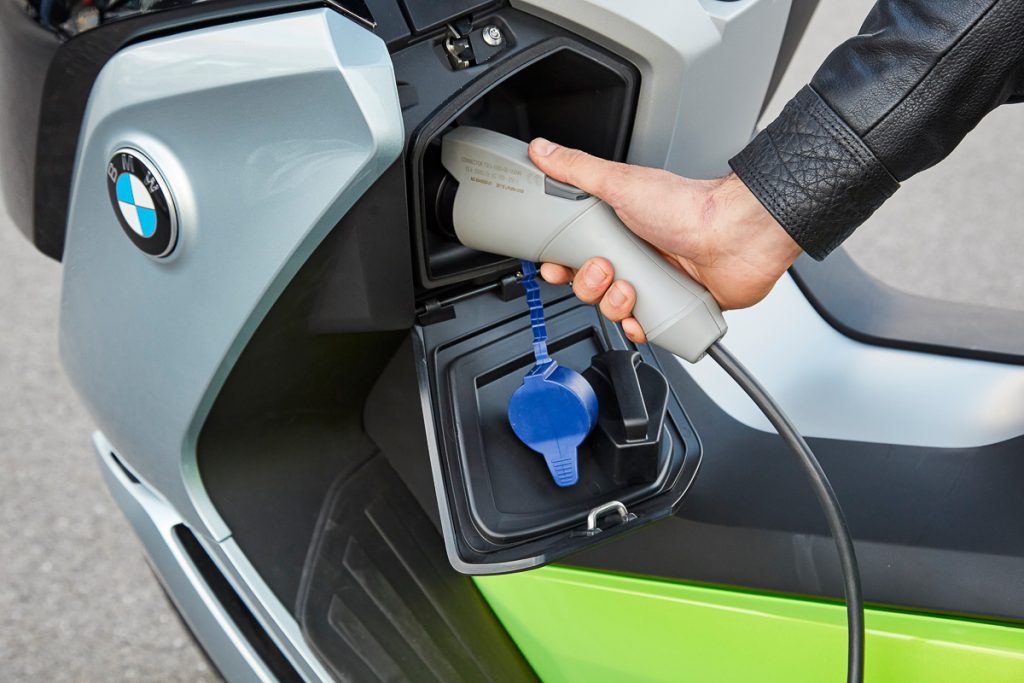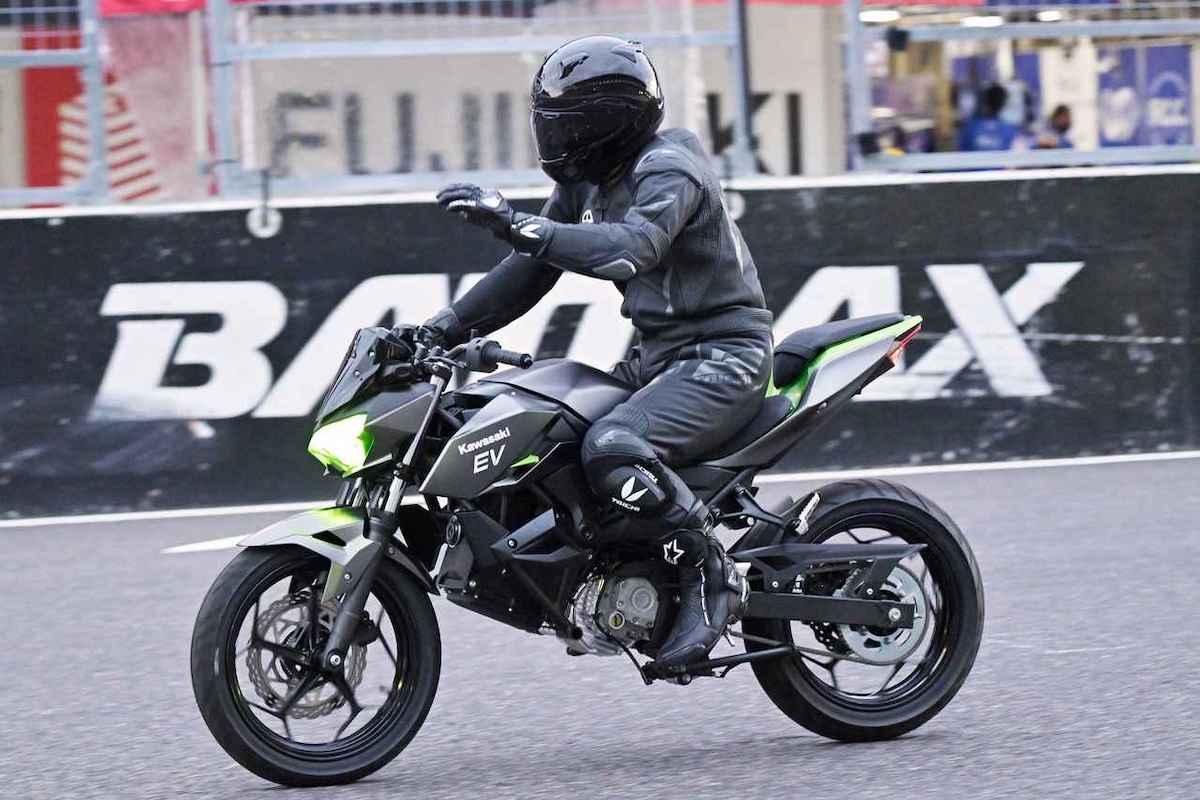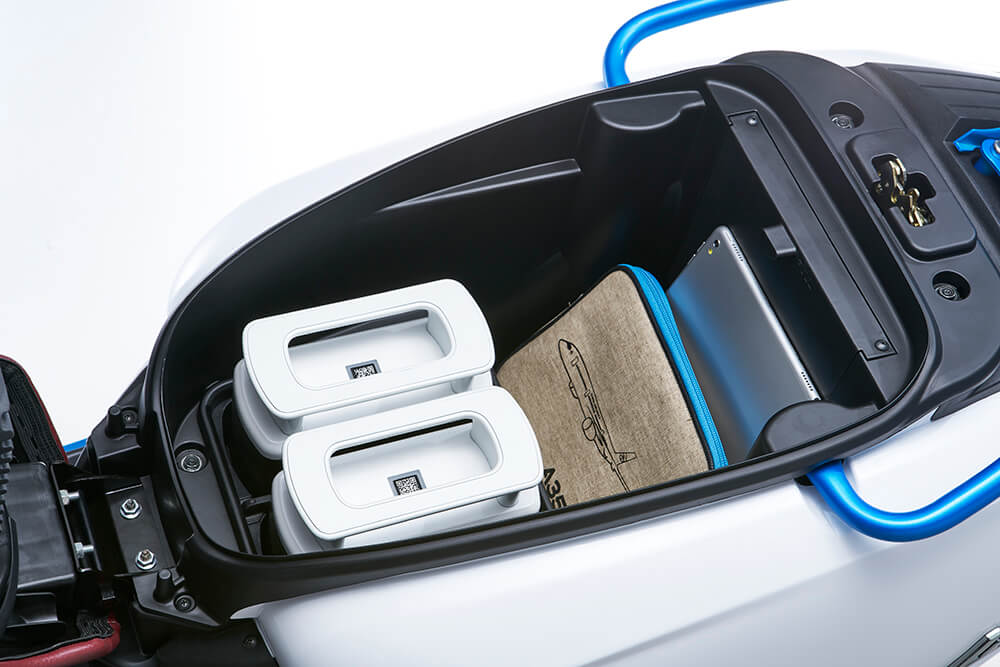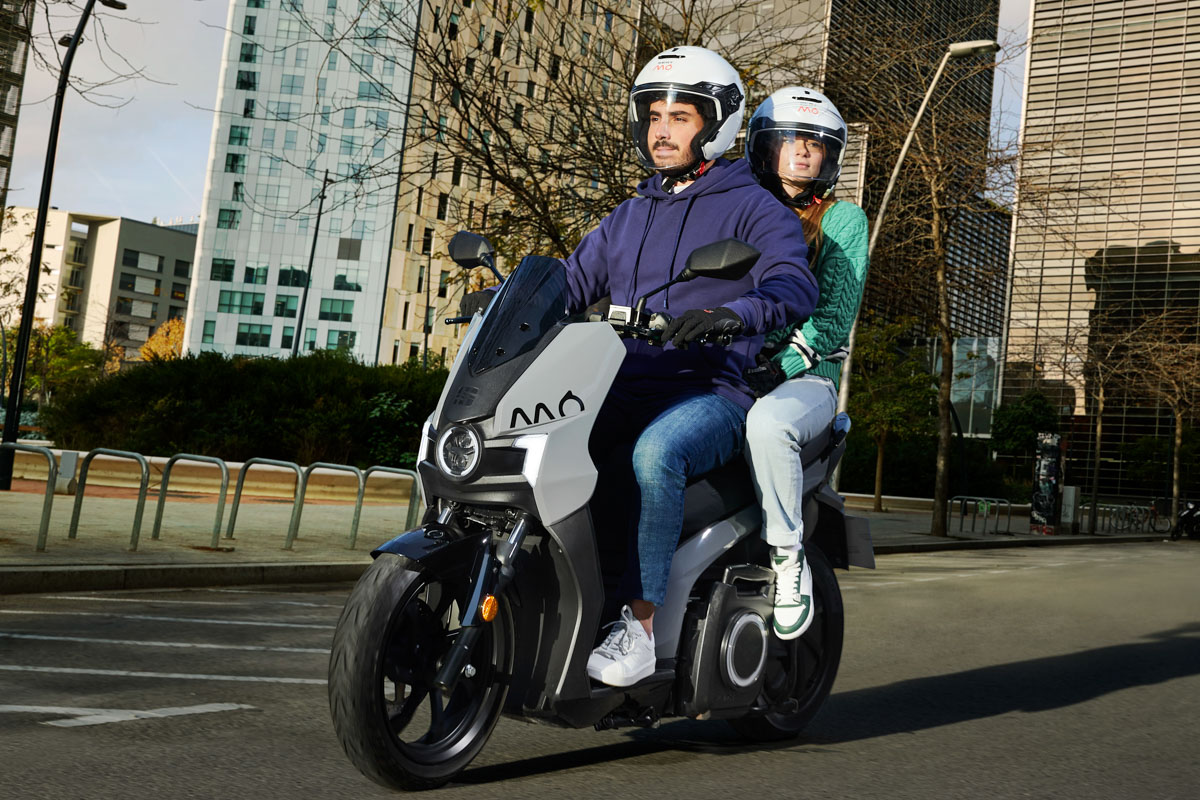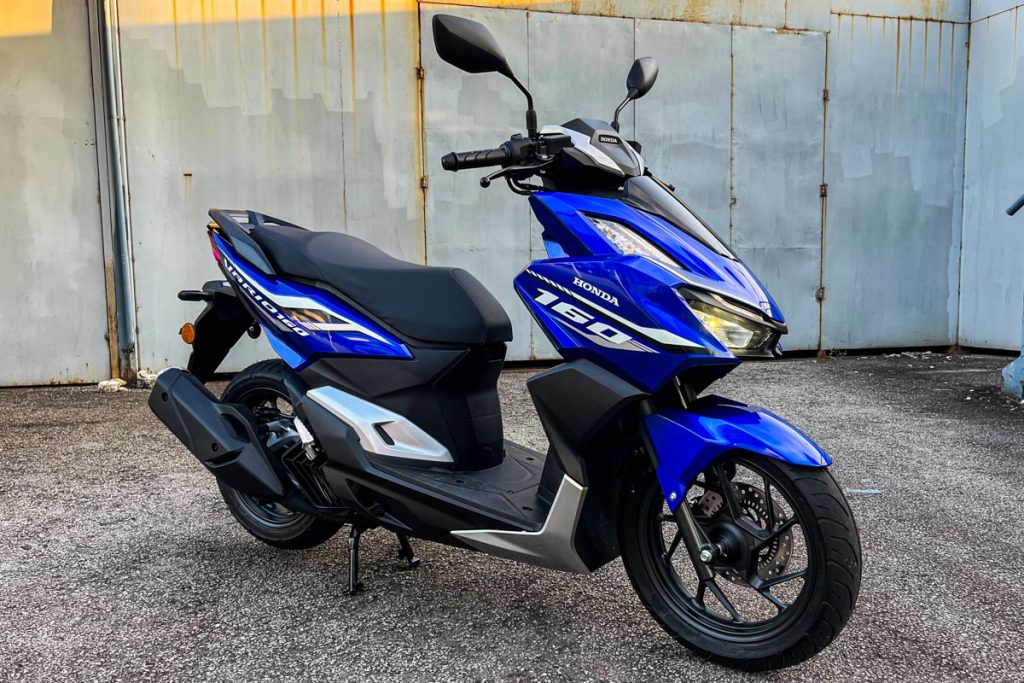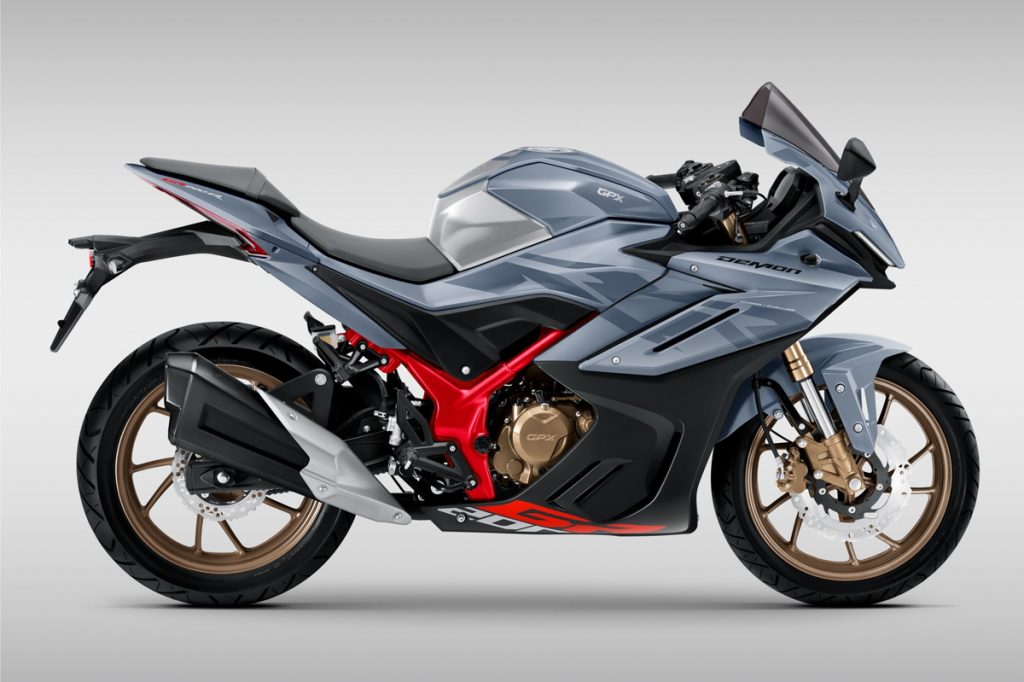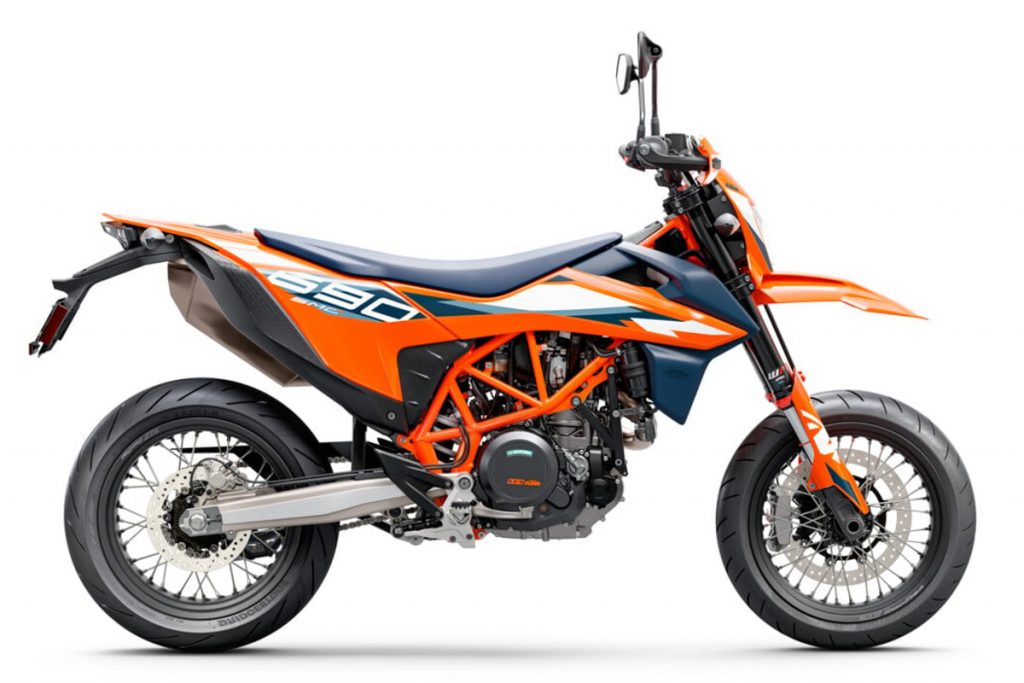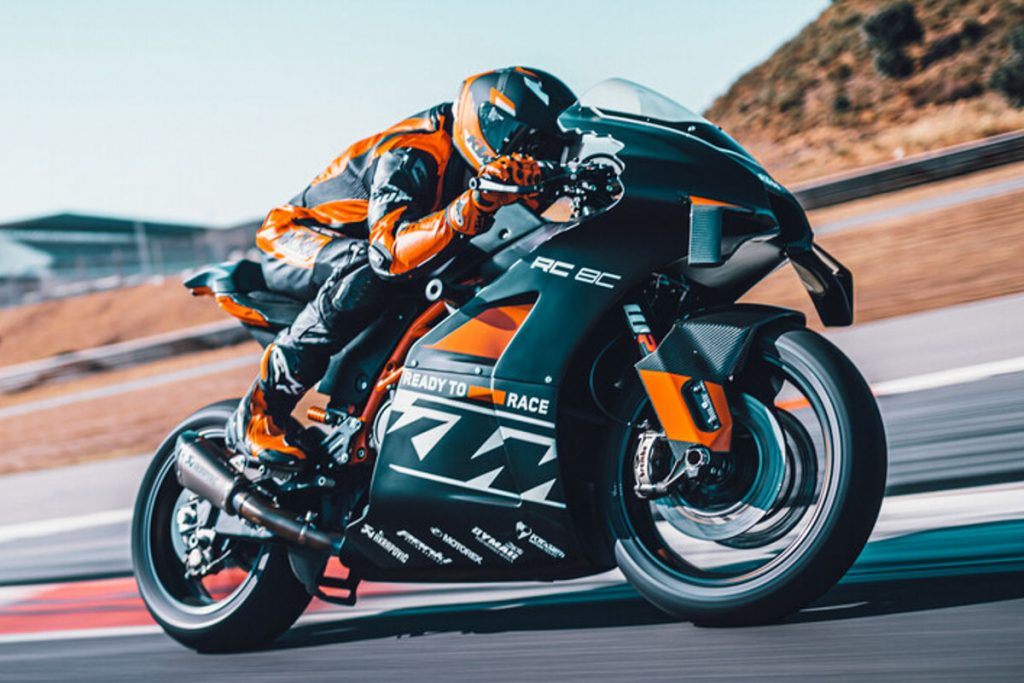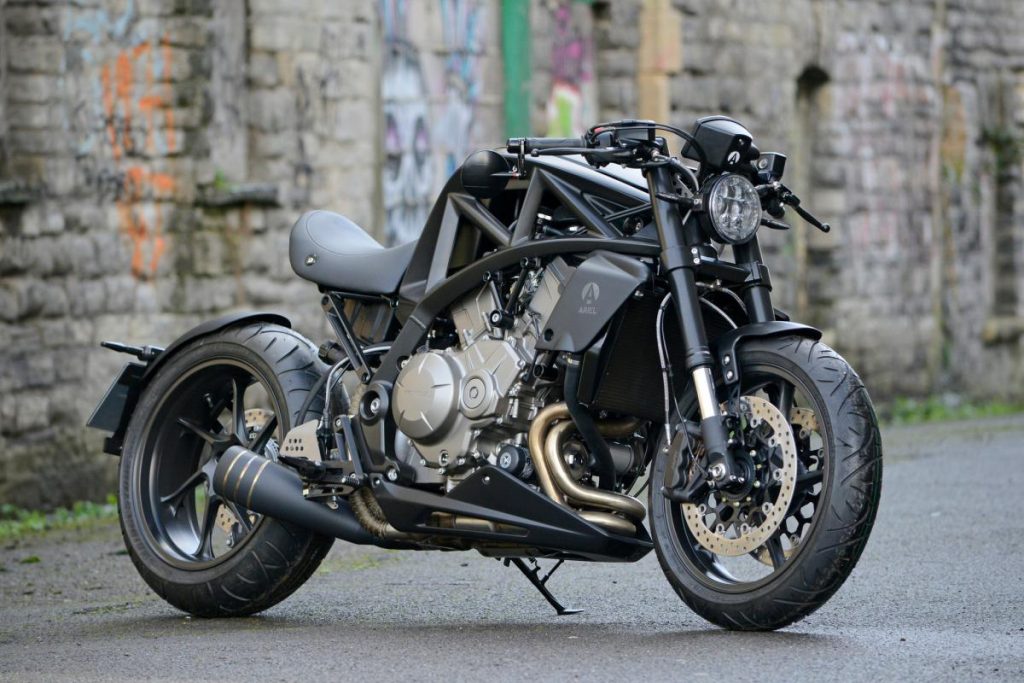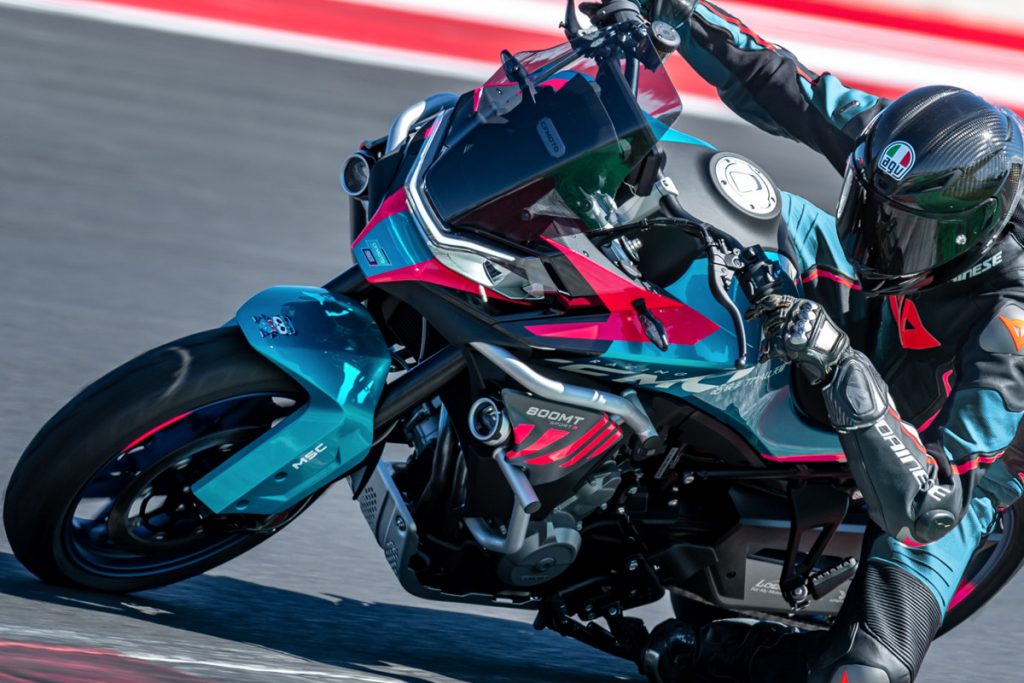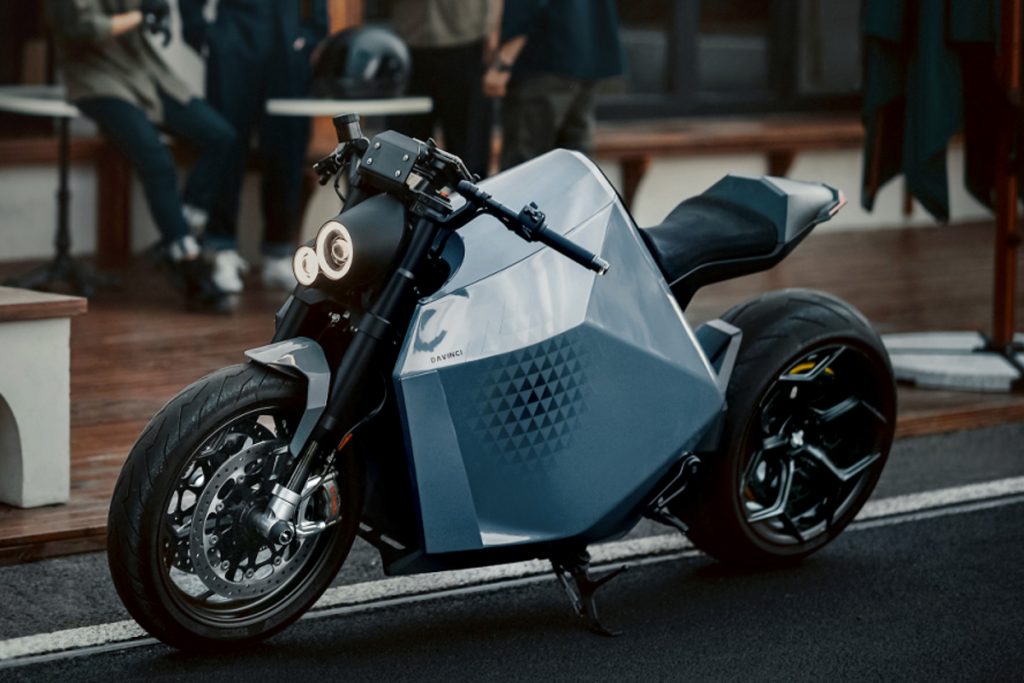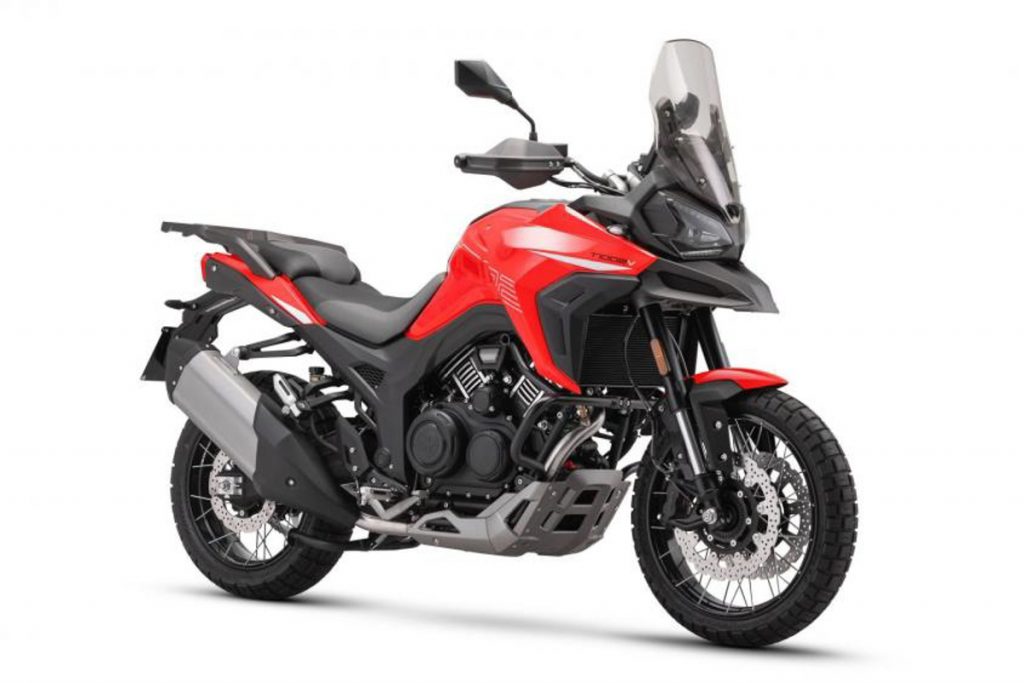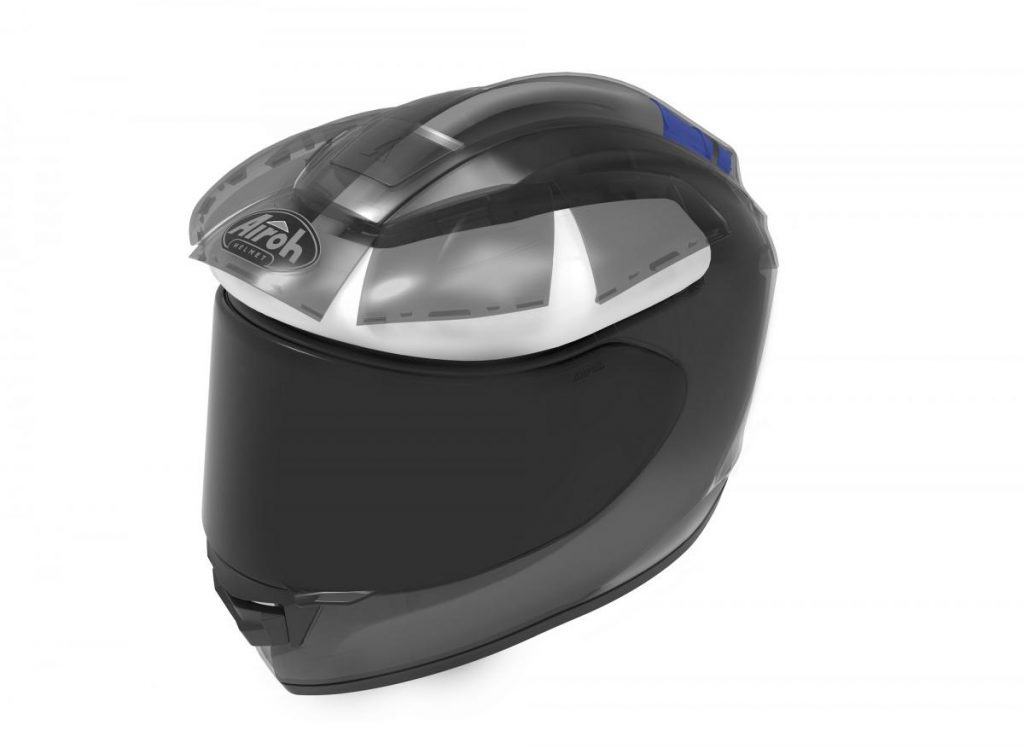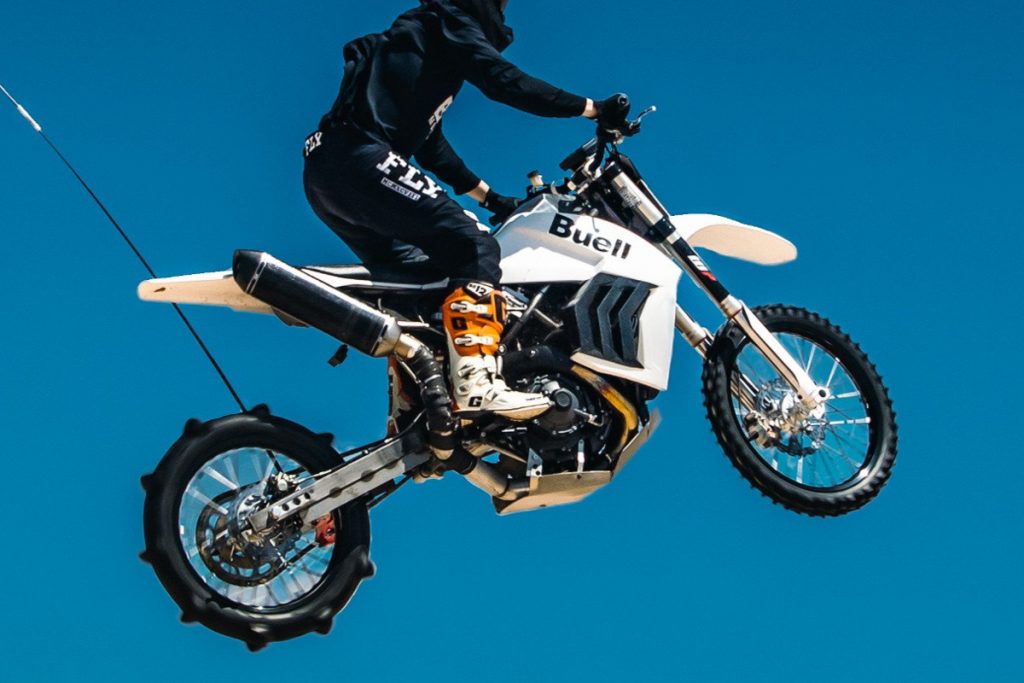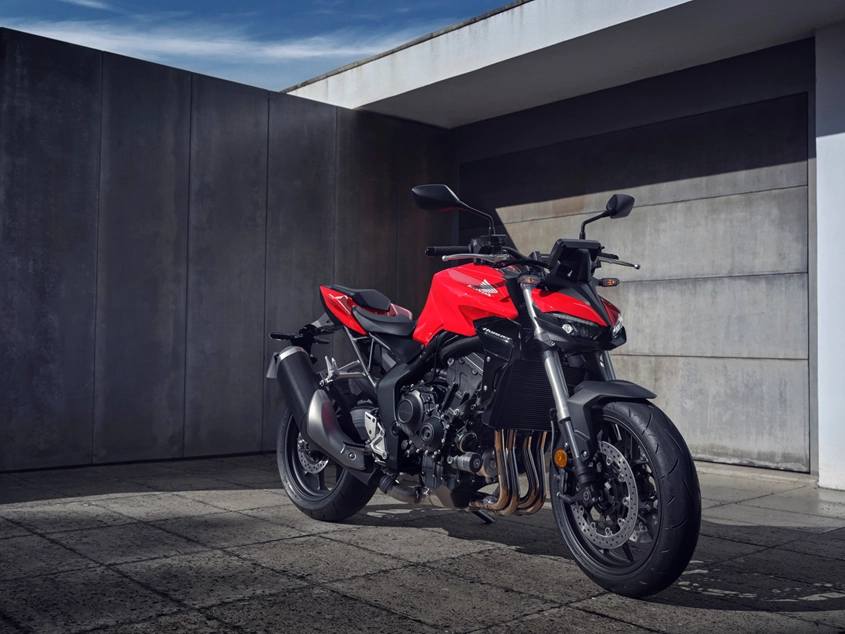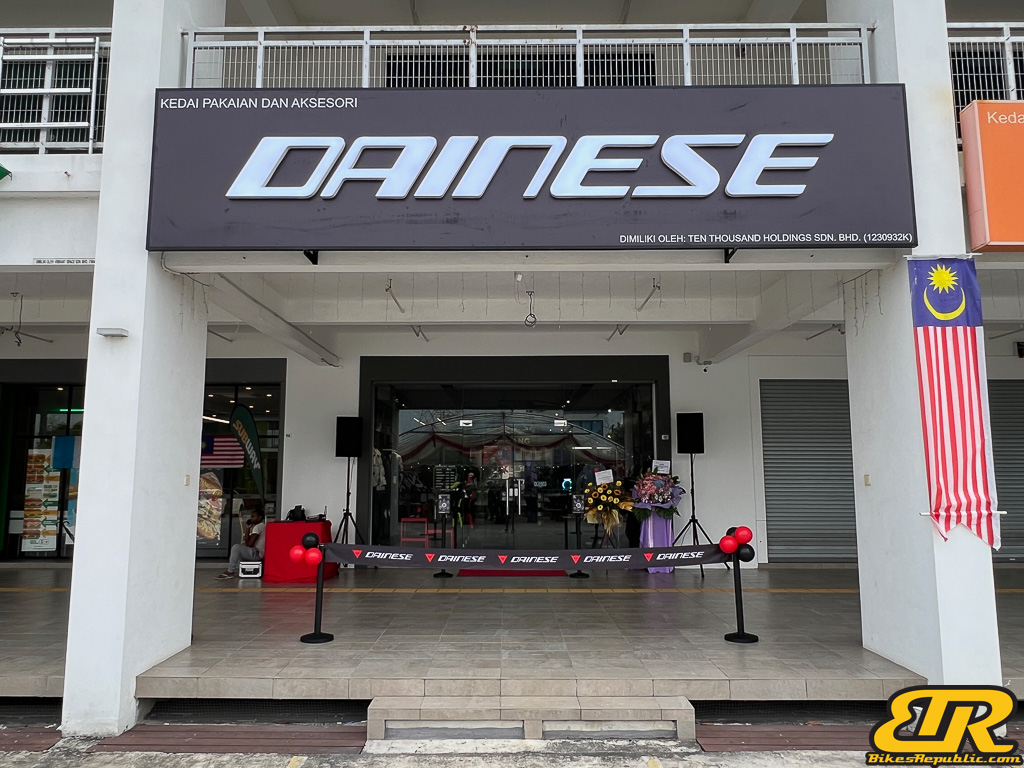Krämer Motorcycles proudly announces the introduction of their latest masterpiece, the 2024 Krämer GP2-890RR supersport.
- Boasting class-leading specifications, the GP2-890RR promises to deliver an unparalleled track experience for racing enthusiasts.
- Powering the GP2-890RR makes 138hp and 100Nm.
The GP2-890RR’s heart lies in its powerful 889cc parallel-twin motor from KTM, generating a remarkable 138hp @ 10,100 rpm and 100Nm @ 8,200 rpm. The motorcycle’s lightweight engine internals and advanced engine management software allow for an increased redline of 11,500 rpm.
Built with German engineering precision, the GP2-890RR features a chromoly steel-trellis frame that ensures exceptional stiffness and rigidity while maintaining an astonishingly light racing weight of 142kg. Furthermore, the unique fuel cell design utilises a rotationally molded plastic fuel tank, doubling as the bike’s tail section and providing optimised weight distribution during races.
Markus Krämer, the CEO and Founder of Krämer Motorcycles, expressed his pride in the GP2-890RR, calling it the pinnacle of their GP2 racing platform. This limited-edition masterpiece will see only 125 units produced for the global market, with each bike individually numbered and engraved on the triple clamp.
Equipped with premium components like dual Brembo Stylema callipers, forged aluminum Dymag wheels, and top-shelf WP Apex Pro suspension, the 2024 Krämer GP2-890RR leaves no room for compromises when it comes to pure track performance.
The motorcycle will be available in Europe beginning September 2023 with a recommended selling price of EUR41,990 (RM208k), making it the inaugural model to be manufactured at Krämer’s new factory in Burghausen, Germany, which will also debut the company’s fresh corporate branding.



